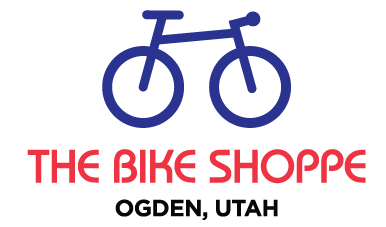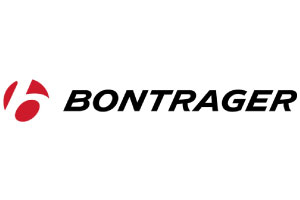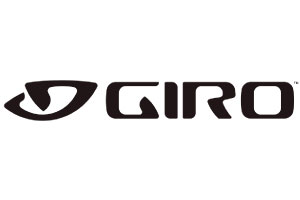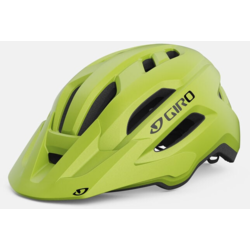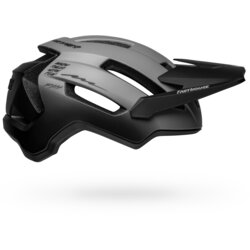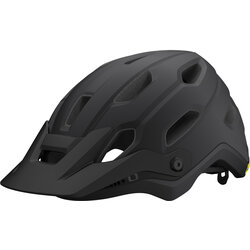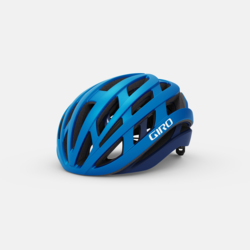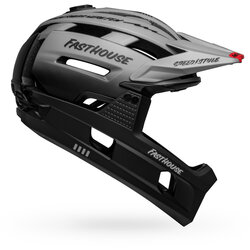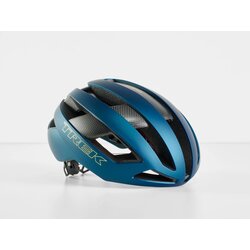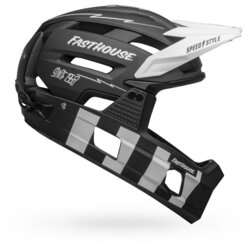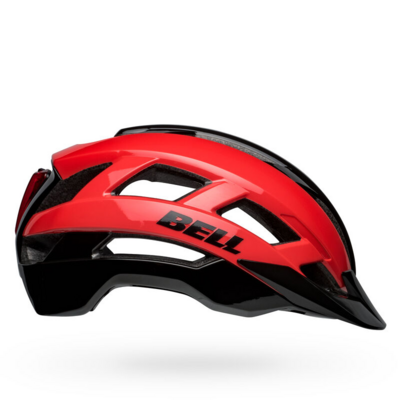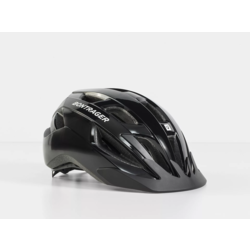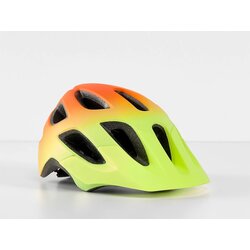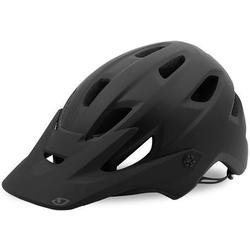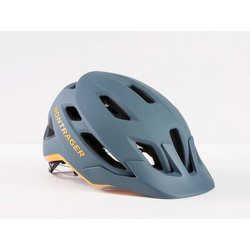
How to Choose a Bike Helmet
This guide is designed to help you choose a quality bike helmet that's safe, fits comfortably, looks great, and matches your ride style.
Three things to consider when buying a bike helmet:
- Choose a style that makes sense for how you ride (mountain, road, commuting, etc)
- Choose the features that are important to you (MIPS, adjustable visor, magnetic buckle, etc)
- Choose the right size
Let’s jump in!
Pick the Right Bike Helmet Style
You’ll want to pick up a helmet that’s designed for the riding you like to do most. While you can definitely use any helmet for any type of riding, there are specific features in each helmet style that are designed to make your rides as enjoyable as possible.
Check out the different styles of bike helmets below:
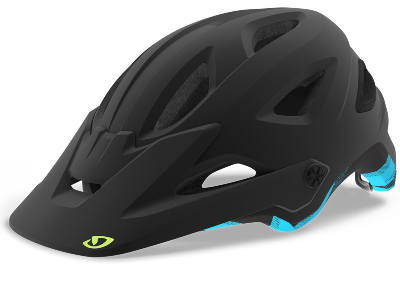
Mountain Bike Helmets
If you mostly ride trails, a mountain bike helmet is your best bet.
Mountain bike helmets cover more of the back of your head and typically come with a larger visor for blocking out the sun and other elements (like rain and tree branches). Some MTB helmets used for aggressive riding come with chin guards.
They won’t be as light as a road bike helmet but they are designed to better protect you in the kinds of crashes that are more common while mountain biking.
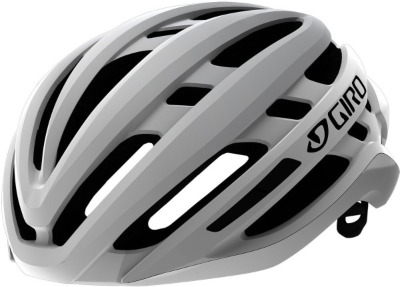
Gravel & Road Bike Helmets
Gravel and road bike helmets are designed to be light and aero for more speed benefits.
They typically don’t come with visors since the majority of dedicated road/gravel riders will often go for a cycling cap if a visor is needed.
They will also usually feature large ventilation patterns that cool you off as you hammer out the miles.
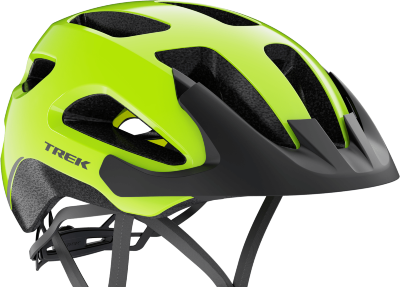
Multi-use & Commuter Bike Helmets
Some of our most popular models fall into the multi-use and commuter categories.
These helmets are usually very affordable and offer riders exactly what they’re looking for: a comfortable helmet that’ll keep them safe.
As such, the design for this style is more about safety and comfort rather than serious performance benefits.
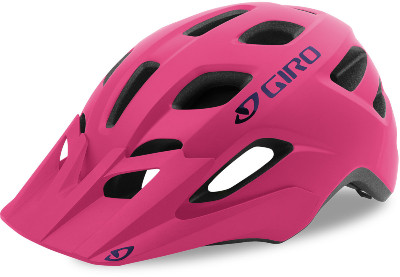
Kids Bike Helmets
Getting kids to wear helmets can sometimes be a little challenging, so starting off with a helmet that they like is important.
With models for everyone from toddlers to early teens, kids bike helmets are often designed with the same principles as the multi-use adult helmets.
Safety, comfort, and cool colors are the primary goals in this category.
Choose a Helmet with Features You Like
After you’ve decided on the style that suits you best, you’ll want to browse through the options and pick out some of your favorite features. Little design elements can go a long way in helping you enjoy your helmet.
Here are some of the top features to look for:
- MIPS: MIPS is an additional liner that sits in between the pads and the shell of the helmet. It stands for Multi-directional Impact Protection System and it helps deflect some of the force from rotation impacts which are much more common in cycling than head-on impacts. MIPS is found in lots of brands of helmets. Wavecel is a similar technology found only in Bontrager helmets.
- Removable/adjustable visor: If you like your helmets to have a visor, being able to easily adjust or remove it is extremely helpful.
- Easy to use adjustment dial: There are a few different kinds of helmet adjustment technologies available that make tightening and loosening your lid super easy. Systems like BOA and others make tiny, on-the-fly adjustments quick and easy.
- Magnetic strap buckle: This feature is great for both kids and adults. No one likes pinching their neck in the buckle, so magnetic buckles are a favorite for lots of riders. Plus, they are easy to use with gloves.
- Ventilation pattern: The more vents you have, the better you’ll be able to breathe and cool off. High activity riders like mountain and road bikers usually want more vents than a year round commuter.
- Weight: Weight is usually mostly a factor for the road and gravel crowd who want to give themselves the best speed advantages possible. In every category, higher priced models will typically be lighter than entry level models.
- Light/camera integration: If you want to attach a headlight, taillight, or GoPro to your helmet, you’ll want to make sure that your helmet design can accommodate that.
- Visibility: Having a helmet with a highly visible color or reflective elements can help you stay safe on the road.
Helmet Protection Technology
Bike Helmet Safety Standards
All bike helmets made in the USA are required to meet certain safety and protection standards. Specifically, helmets must be certified by the US Consumer Product Safety Commission, so make sure you see a CPSC sticker on the helmet you’re buying.
There are other safety standards out there that you may run into, so it’s best to be familiar with them. The EN-1078 rating is the commonly recognized standard used for all cycling, skateboarding and roller skating helmets sold in European countries. The ASTM F1952 is a standard used for many downhill mountain bikes as it can test both integrated and removable chin bars.
Bike Helmet Construction
Helmets are made from a relatively straightforward construction to complete the complex task of protecting your head in the event of an impact. Every helmet has an outer shell, inner liner, and strap system.
- Shell: The helmet’s outer layer which is typically made from a durable, impact-resistant plastic. Apart from aesthetics such as the color or included graphics, the outer shell provides some level of puncture resistance and is designed to help the helmet slide on impact to reduce the severity of head trauma.
- Liner: The most important layer when it comes to reducing the force of an impact, the liner is made from advanced foam designed to absorb the impact energy. You’ll probably see the term EPS mentioned which means “expanded polystyrene foam” and slows down an impact so less of the force transmits to your head.
- Straps: Two Y-shaped straps connect under your chin with a buckle to keep your helmet snugly in place. If the straps are starting to fray, it’s probably time to replace your bike helmet.
Rotational Impact Protection
One of the most important recent developments in helmet protection technology has been the prevention of rotational force injuries to the brain. Head trauma or concussions can be worsened as the brain spins inside the skull during an impact. Many modern helmets, however, now come with advanced liners that are designed to reduce the rotational forces during a crash. Integrated liners such as MIPS, WaveCel, and SPIN are common technologies built into helmets.
What is a MIPS Bike Helmet?
MIPS is the most commonly used rotational impact protection liner. The acronym stands for Multi-Directional Impact Protection System and can be identified by its recognizable yellow coloring inside the helmet. It’s made from a low-friction layer that’s connected to the helmet’s impact-absorbing foam liner. The technology works by rotating slightly during an impact to reduce the dangerous rotational forces in a crash.
Find the Right Bike Helmet Size
Once you’ve picked out a helmet that fits your style of riding and has your favorite features, all you have to do is pick out the right size.
That sounds easy, but lots of people get it wrong. Here are some tips for getting the right size:
- Start by measuring the circumference of your head just above your eyebrows. You can use a flexible measuring tape or even a piece of string.
- Use that number (usually measured in either inches or centimeters) and compare your measurement with the bike helmet size chart for the brand you’ve chosen.
- If you’re right in between sizes, sometimes it’s best to go for the larger size. You can always cinch your helmet down, but a helmet that’s too tight around the temples will be no fun to ride in.
Once you get the right size, making the helmet fit properly is the final step. Here are some tips for getting the right fit:
- Make sure the helmet covers your forehead but sits above your eyebrows. If it doesn’t fit over your forehead it’s the wrong size. Lots of people incorrectly wear their helmet tilted too far back, keep it level so it protects you fully.
- Ensure the straps aren’t so loose that you can push the helmet out of position. If you shake your head and the helmet slides around, tighten your straps.
- Leave a little room (about two fingers worth) in between your neck and the strap.
- Keep the ear buckle below your ears
A note about bike helmet size charts:
There isn't a single size chart for all brands, and increasingly, there are even different size charts for different types of helmets within the same brand. Sizes are generally similar across the board, but you'll definitely want to look up the size chart for the specific helmet you're interested in.
Some "universal" style helmets come in sizes designed to fit a wide range of people, and they come in sizes like S/M and M/L. Other helmets that are dedicated for certain types of riding (road racing/downhill mountain biking) will usually stick to specific sizes like S, M, L, and XL. But remember, those sizes may be slightly different for different brands/styles, so always check before you buy.
What about womens bike helmets?
The only differences between a womens bike helmet and a unisex helmet are typically:
- 1: Womens bike helmets are often sized to fit slightly smaller heads
- 2: They usually come in additional color options
When to Replace a Bike Helmet
The recommended rule here is “one crash, one helmet”. Bike helmets are designed to withstand the forces of a single impact, so they shouldn’t be worn after a serious crash. Even if you can’t see any damage on the helmet, you should swap it for a new one.
It’s also a good idea to replace a bike helmet after several years of use, regardless of if you have suffered a crash or not. Some experts and brands suggest you should replace any helmet after 5 years. Over time, general use and environmental factors like UV light and weather can weaken the helmet's internal components. Check your helmet for any frayed straps or separated liner layers that may indicate that it’s time for a new helmet.
How to Clean a Bike Helmet
While you definitely should replace your helmet if you crash, don't let dirt, sweat, and grime be the reason you need to get a new one! Avoid ruining your pads, straps, and buckles by keeping them clean.
Bike helmets can be cleaned by simply using mild soap and water. This can help remove any dirt, grit, or sweat that builds up in the helmet. Chemical solvents or strong cleaning products should be avoided as they could damage or miscolor the outer shell, as well as interfering with any glues used in the helmet’s construction. Pads are often removable to facilitate washing.
Here are some more tips for keeping your helmet in top shape:
- Check that the helmet doesn’t cause any pressure points. Certain helmet shapes can feel too short or narrow, putting pressure on the rider’s forehead or the sides of their head.
- If you have long hair, some helmets feature a rear hair port that’s designed to comfortably accommodate styling hair in a ponytail or braids.
- If you wear sunglasses while riding, make sure the helmet fits your specific eyewear. Some helmets have air vents that can carry your glasses when you want to go glasses-free.
Our Best Bike Helmet Brands
Our Best Selling Bike Helmets
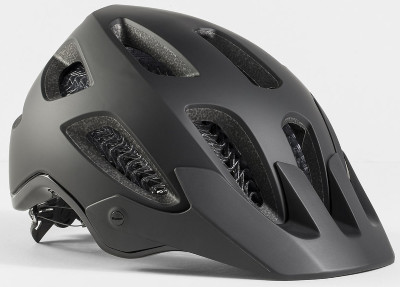
Bontrager Rally WaveCel
WaveCel offers the best protection available. It's a collapsible cellular structure that lines the inside of the helmet. This Bontrager-exclusive technology disrupts the safety standards the industry has accepted for over 30 years.
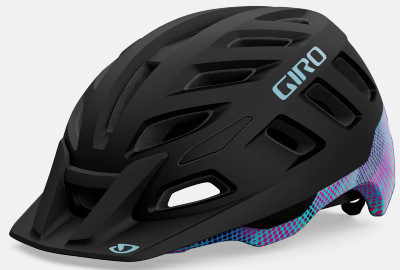
Giro Radix MIPS
A fantastic helmet for the money. The Radix™ Mips® helmet combines rugged style and durability to meet the demands of core trail riders, with the coverage, light weight, and ventilation riders need to ride comfortably and confidently all day.
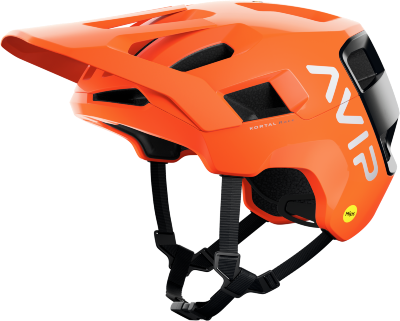
POC Kortal Race MIPS
For those who want the best check out POC. The Kortal helmet offers exceptional coverage, uninterrupted ventilation, a fully adjustable fit and integrated technology for enhanced safety. The MTB helmet where boundaries don't apply.
More Protective Gear
If you love riding mountain bikes and want some extra protection out on the trails, take a look at all our protective armor for sale. We sell elbow pads and knee pads as well as padded shirts and shorts so you can send it safely and with more confidence.
